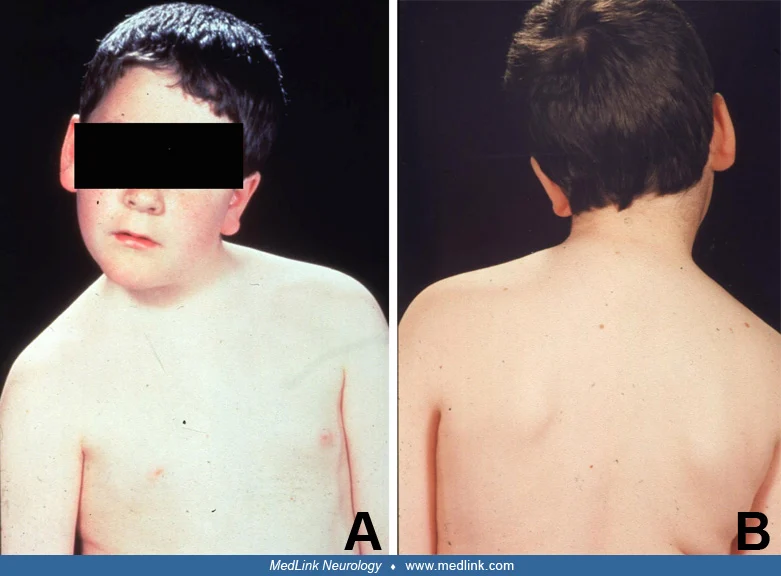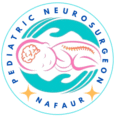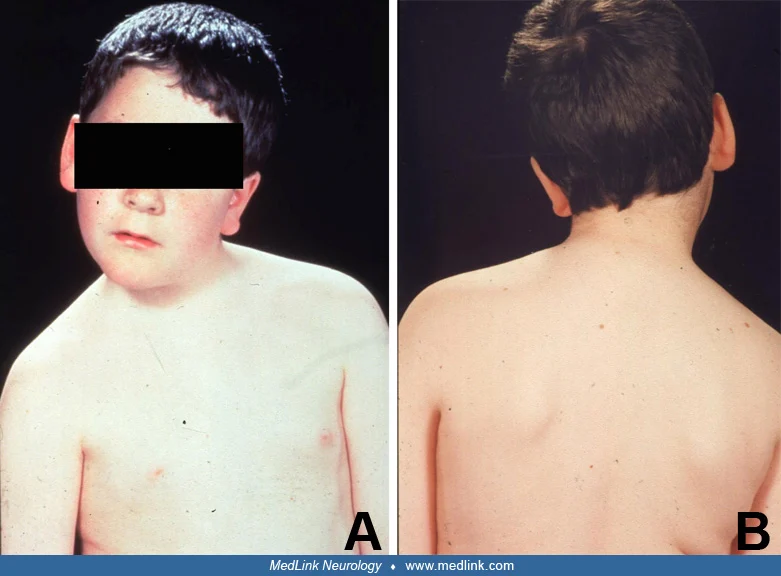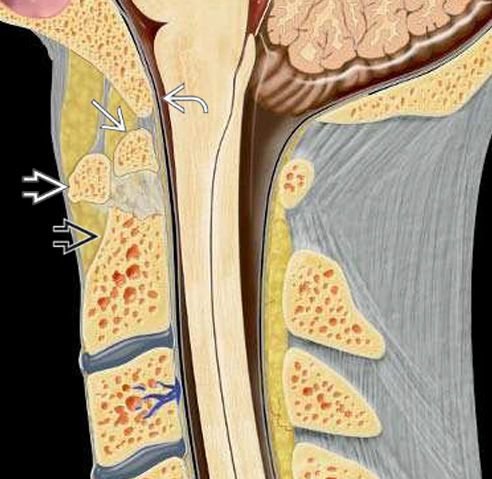Assimilation of Atlas
Assimilation of Atlas
Pediatric Assimilation of the Atlas (C1 vertebra) is a congenital craniovertebral junction (CVJ) anomaly in which the first cervical vertebra (atlas) is partially or completely fused with the base of the skull (occiput). This abnormal fusion can restrict normal neck movement and cause neurological symptoms due to brainstem and spinal cord compression, especially when associated with other CVJ anomalies such as basilar invagination or atlantoaxial dislocation (AAD). In Bangladesh, where congenital spinal abnormalities are often diagnosed late due to lack of early imaging and screening, awareness about assimilation of atlas is essential. Under the expertise of Dr. Md. Nafaur Rahman, Assistant Professor of Pediatric Neurosurgery at the National Institute of Neurosciences & Hospital (NINS&H) and Chief Consultant at the Bangladesh Paediatric Neurocare Centre, early diagnosis and successful surgical correction of this condition is now available across the country. 🧠 What Is Assimilation of the Atlas? Assimilation of the atlas refers to a congenital fusion between the occipital bone and the C1 vertebra, which is normally a mobile joint supporting head and neck movement. This condition results from abnormal segmentation of somites during fetal development. In many children, assimilation of the atlas may be asymptomatic, but in others, it may lead to: Atlantoaxial instability (AAI) Basilar invagination Neck rigidity Neurological deficits due to spinal cord or brainstem compression 🚸 Causes and Associated Conditions In the Bangladesh pediatric population, assimilation of atlas may occur: As an isolated congenital anomaly Alongside other CVJ abnormalities, such as: Basilar invagination Chiari malformation Odontoid hypoplasia Klippel-Feil syndrome Morquio syndrome (MPS IV) After recurrent infections like tuberculosis affecting cervical spine integrity 📊 Symptoms Seen in Bangladeshi Children Many children remain undiagnosed until symptoms develop. Common signs include: Neck stiffness or short neck appearance Torticollis (head tilted to one side) Difficulty in walking (ataxia) Numbness, tingling, or weakness in limbs Breathing difficulty or choking spells during sleep Recurrent headaches or vomiting (due to raised intracranial pressure) Delayed developmental milestones in infants Due to low awareness, many children in rural areas are misdiagnosed with orthopedic or ENT issues, which delays timely neurosurgical intervention. 🏥 How Is Assimilation of Atlas Diagnosed in Bangladesh? Dr. Md. Nafaur Rahman and his team at NINS&H and Bangladesh Paediatric Neurocare Centre rely on a combination of modern neuroimaging tools: Cervical spine X-ray (AP, lateral, flexion-extension views) MRI of the CVJ – to check for spinal cord or brainstem compression, syrinx CT scan with 3D reconstruction – essential for evaluating bony fusion and planning surgery Dynamic studies – to assess atlantoaxial instability These imaging facilities are now accessible in major urban centers like Dhaka, making earlier and safer diagnoses possible. 🔧 Surgical Treatment of Pediatric Assimilation of Atlas in Bangladesh Surgery is indicated when the assimilation is associated with: Atlantoaxial instability (AAI) Basilar invagination with cord compression Progressive neurological symptoms Chiari malformation or syringomyelia The primary surgical goals include spinal cord decompression and stabilization of the craniovertebral junction using: Posterior fixation with instrumentation (e.g., occiput-C2 fusion) Atlantoaxial fusion (C1-C2) when instability is present Decompression of foramen magnum in case of Chiari association Intraoperative neuro-monitoring for precision and safety Dr. Nafaur Rahman is one of the most experienced pediatric neurosurgeons in Bangladesh performing these complex craniovertebral junction reconstructions using child-specific implants and advanced navigation systems. ✅ Outcomes and Recovery Post-surgical outcomes are highly positive when diagnosed early: Reversal of motor deficits and walking abnormalities Relief from headaches, neck stiffness, and respiratory issues Improved quality of life with stable neck alignment Prevention of sudden neurological deterioration in the future Children require follow-up imaging, bracing, and physiotherapy, which are coordinated at Dr. Nafaur’s clinics. 👨⚕️ About Dr. Md. Nafaur Rahman – Pediatric CV Junction Surgery Specialist in Bangladesh 🎓 Assistant Professor, Pediatric Neurosurgery, NINS&H 🏥 Chief Consultant, Bangladesh Paediatric Neurocare Centre 💡 Specialist in pediatric craniovertebral anomalies, spinal deformities, and brain malformations 🛠️ Experienced in instrumented fusion, decompression, and neuro-navigation techniques 🇧🇩 Nationally recognized as a pioneer in pediatric spine surgery in Bangladesh 🌍 Serving All Divisions of Bangladesh Children with suspected craniovertebral anomalies can be evaluated by Dr. Nafaur Rahman from all across Dhaka, Chattogram, Rajshahi, Sylhet, Barisal, Khulna, Rangpur, Mymensingh, and other regions. Teleconsultation, imaging review, and surgical referral support are also available for patients from rural hospitals and medical colleges. 📞 For Consultation and Appointments If your child shows signs of neck abnormality, imbalance, or weakness, schedule an expert evaluation today: 📱 Serial Numbers: 📞 +8801912988182 📞 +8801607033535 🌐 Website: www.neurosurgeonnafaur.com 📍 Locations: National Institute of Neurosciences & Hospital (NINS&H), Dhaka Bangladesh Paediatric Neurocare Centre




